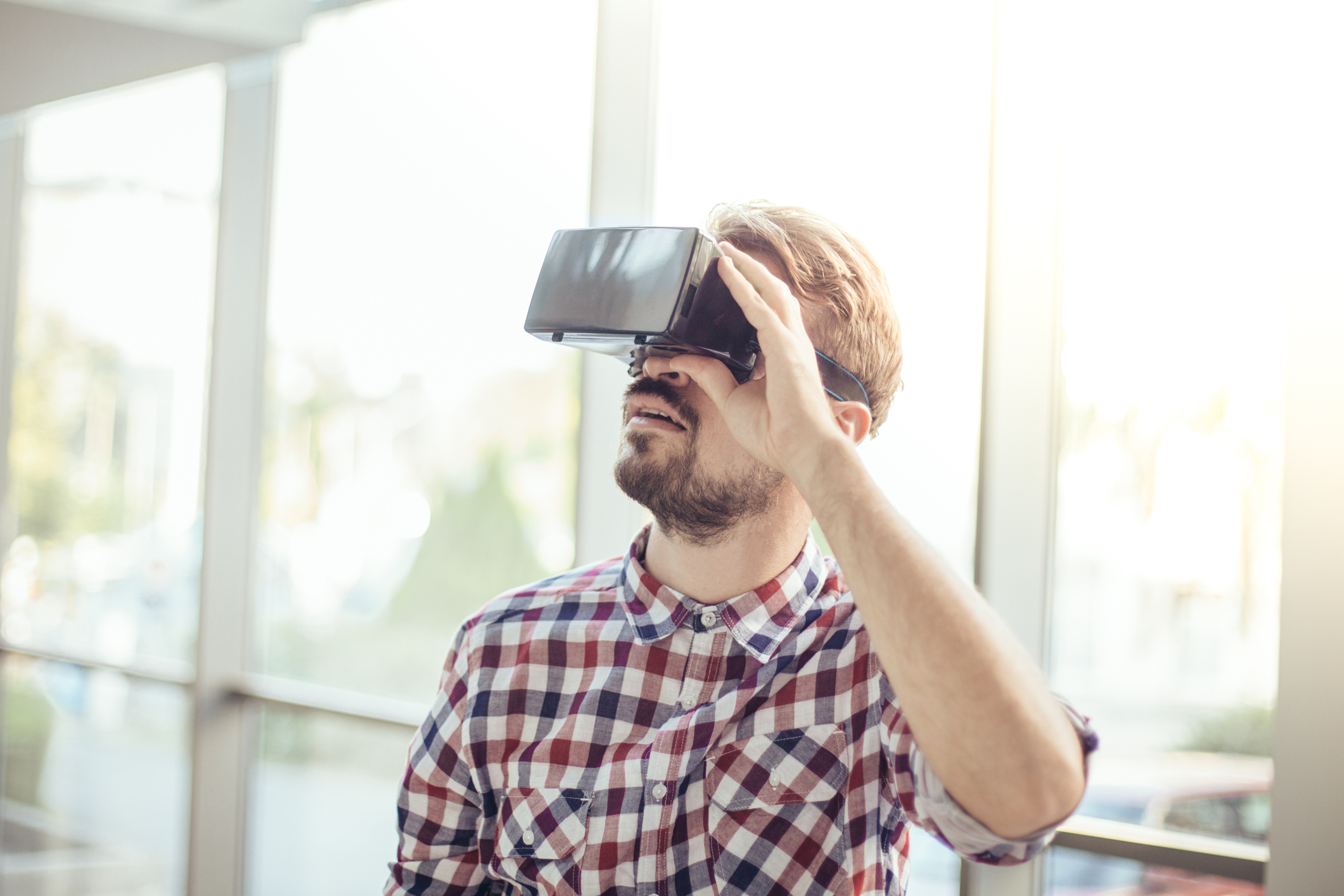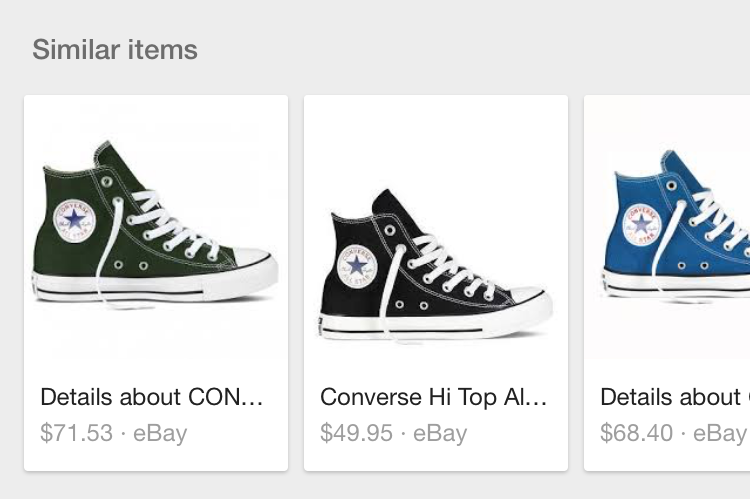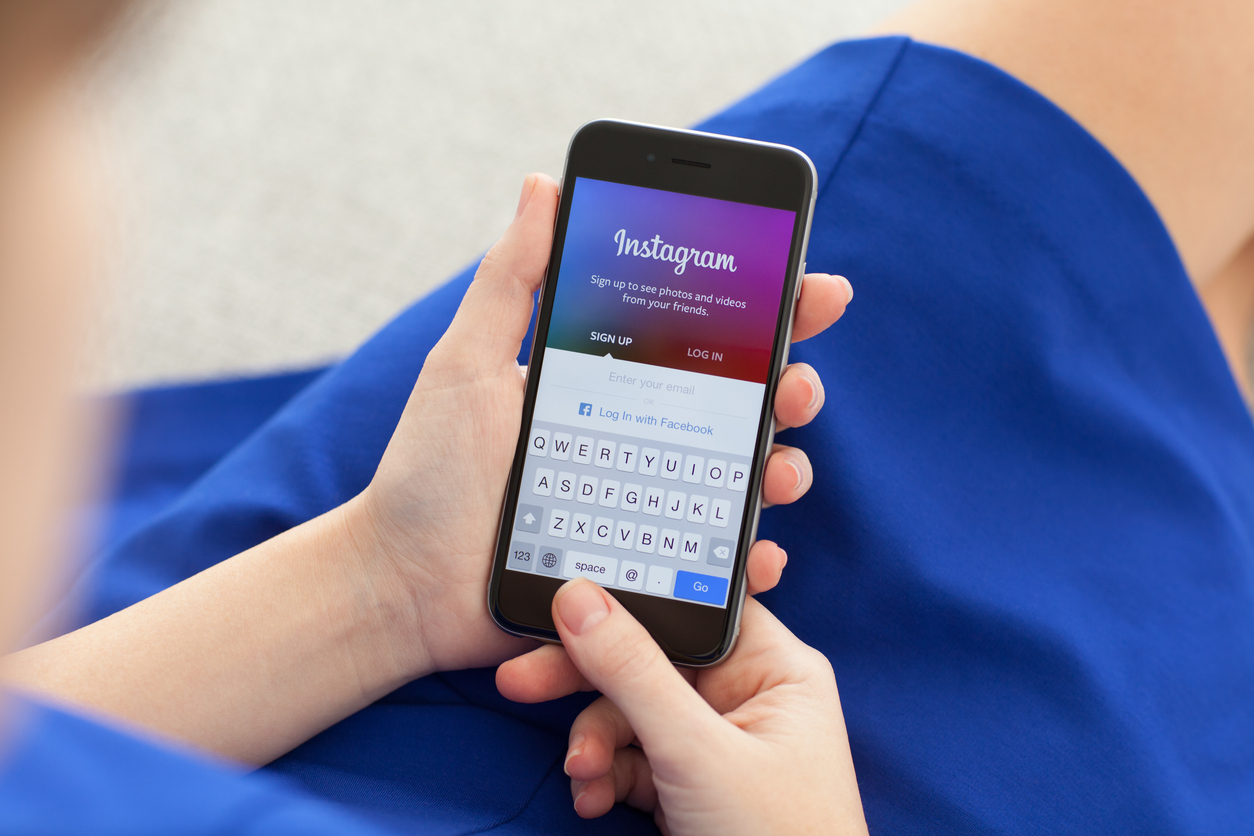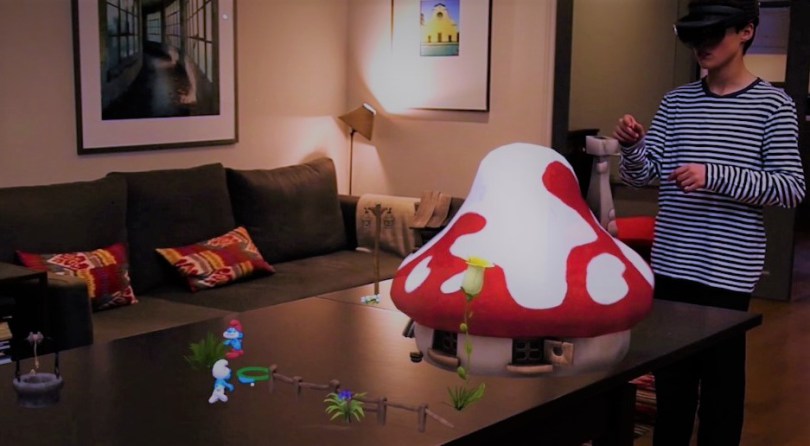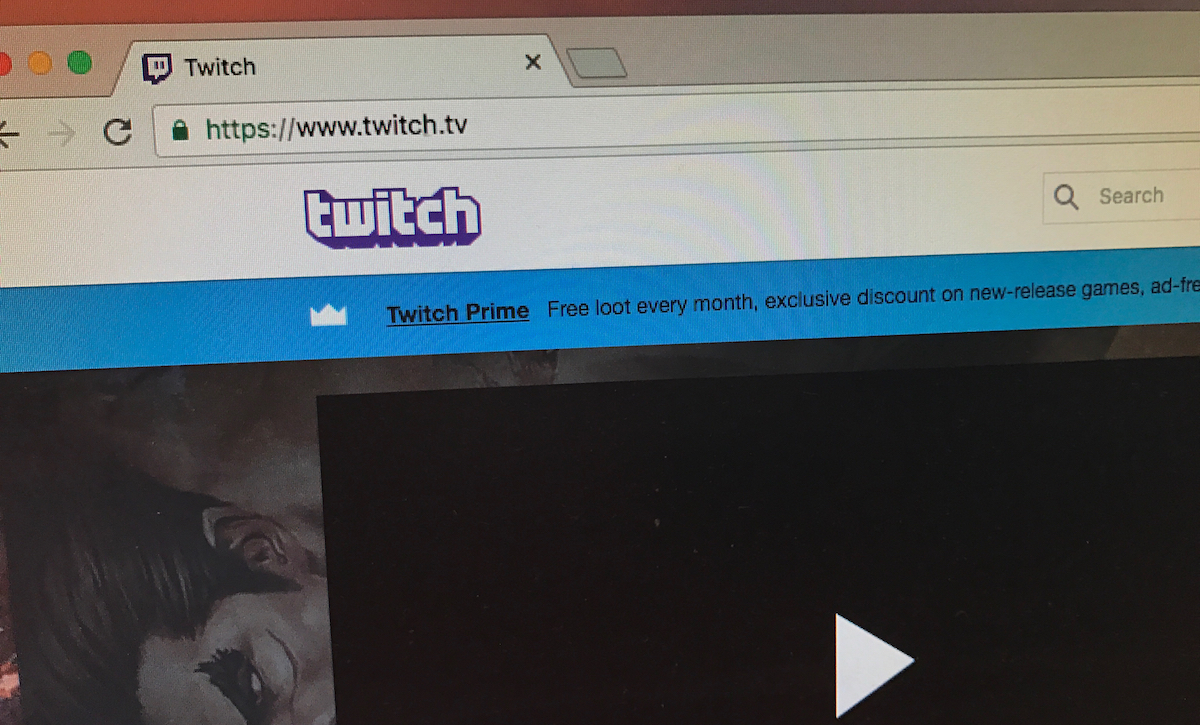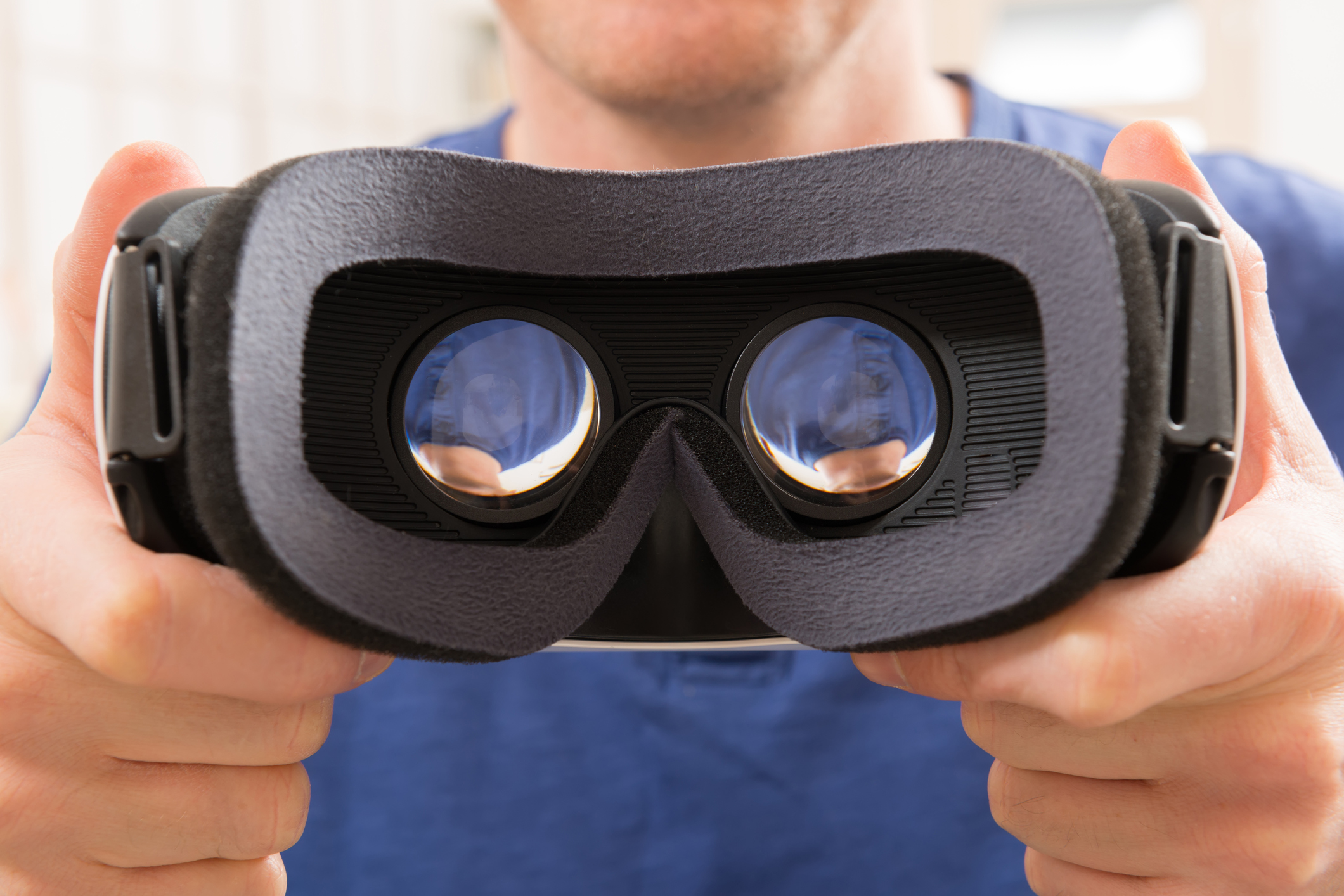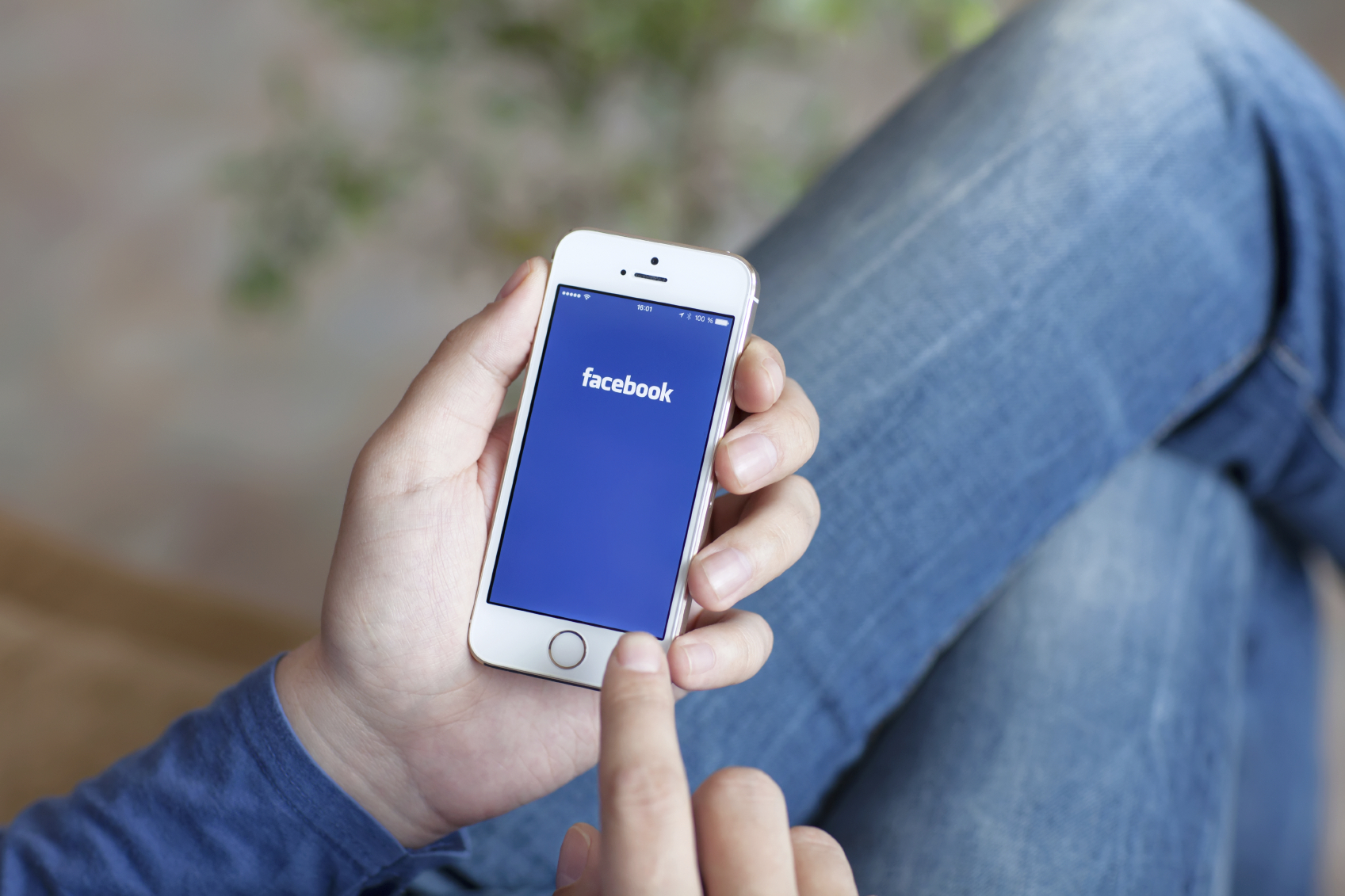Google has yet to officially roll out ad products on Google Home, but that does not stop Burger King to hack the way the voice-activated smart speaker works to co-opt it into its latest marketing campaign. The fast food chain released a new TV spot that features someone in a Burger King uniform ceremonially uttering, “OK Google, what is the Whopper burger?” For any user with a Google Home near their TV, this will trigger Google Assistant to begin reading the Wikipedia entry for the Whopper. Google is reportedly not involved in the ad’s creation.
While this ad is a clever way to grab people’s attention, it is also exploiting the personal assistants to deliver an unwarranted marketing message via a personal home device. Some may find it goofy and write it off as a joke, while others would find it invasive and disruptive.
Ethics aside, this unusual ad highlights not only the increased presence of voice-activated devices at home, but also the weakness of the voice assistants not being able to differentiate the voices of the users. (Google is reportedly working on multi-user support for Home, which should help alleviate this issue.) It would be best for brands to stay clear of such gimmicks and take the growth of voice-activated smart devices seriously by developing branded audio experience to serve customers.
Source: The Verge


